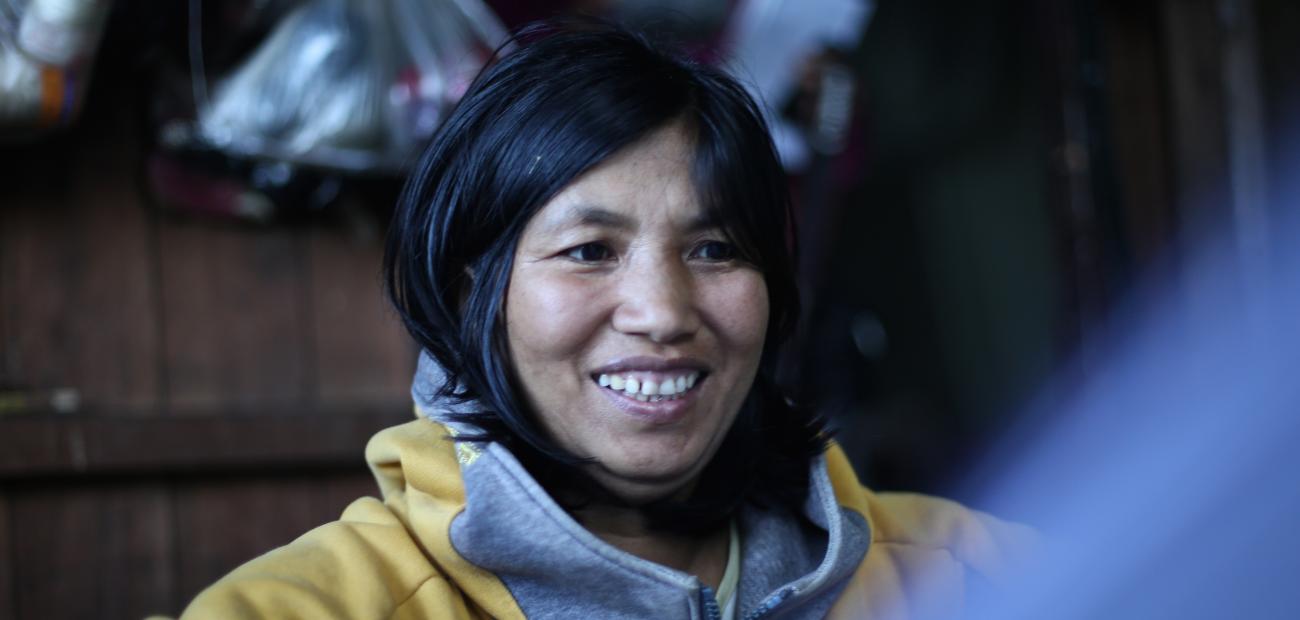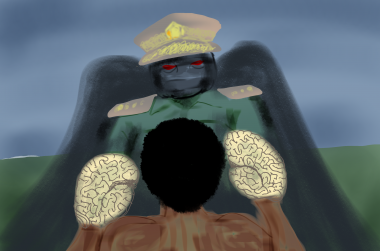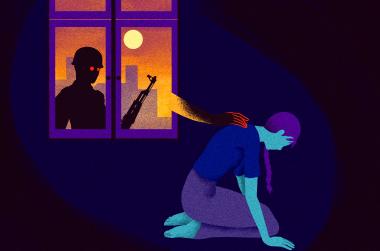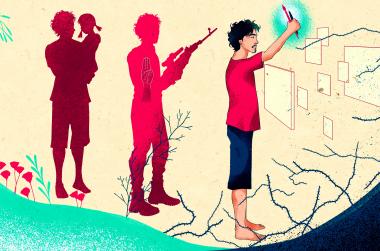Dawt Kheng’s fingers flit across threads that stretch before her like harp strings, weaving an intricate traditional design that will consume her for months and then disappear, shipped from her remote mountain workshop to a client in America, a fellow ethnic Chin whose life could not be more different.
Her textiles are so coveted that people wait years for them. But the family’s precarious finances mean Dawt Kheng has never woven her favourite design for herself and must sell all of her most precious creations.
Poverty, military abuses and the persecution of religious minorities under Myanmar’s Buddhist-dominated junta has driven tens of thousands of people to leave Christian-majority Chin state and seek sanctuary abroad, many in the United States.
An exiled heart beats strongly for home and Chin fabrics are an exquisite — and portable — connection to traditional life. Shawls, throws and wedding outfits are ordered by an informal system as complex as Amen Nu’s tapestries, filtering requests from across the world through family connections, friends-of-friends and now — in a leap into modernity — Facebook.
Eventually the orders reach Dawt Kheng’s simple wooden home teetering on the precipitous hillside above the state capital Hakha. Clinging to the mountain against all odds and in defiance of gravity and landslides, the community here has spread in an almost vertical patchwork of little green homestead gardens, each guarded by the watchful eyes and curious snout of a paunchy black pig.

Dawt Kheng is from a village outside the city, but moved here 18 years ago after the death of her first husband for her children to get a better education. She now has five children and the youngest, a playful six-year-old, ducks beneath the silvery threads of the weaving loom as his mother works a tangle of coloured threads into the fabric.
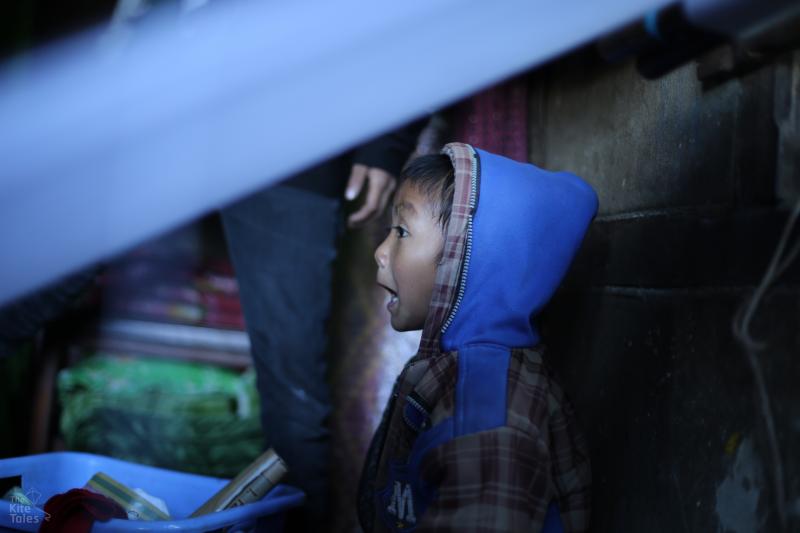
“My first husband in the village passed away and I was left with two children, so I moved to Hakha as a widow and rented this little house. Later I met my current husband and we have three children,” she says.
Her textiles became a lifeline for the growing family.
“We survived on my weaving income. My husband’s salary was just 900 kyats (90 US cents) a month. We would use it up in just one trip to the market. So our family lived on the money I made from weaving.
“(People) always order them from me. At that time, if the price of a traditional sarong was around 1,500 kyats, people paid me 2,000 kyats to weave for them because they liked my work.
“Sometimes I would weave for 10 hours a day. I would start from 8 in the morning until night,” she says, but the work took its toll and now she struggles to sit for so long.
“I love weaving so much. I still love it. The more I weave, the more I love doing it.

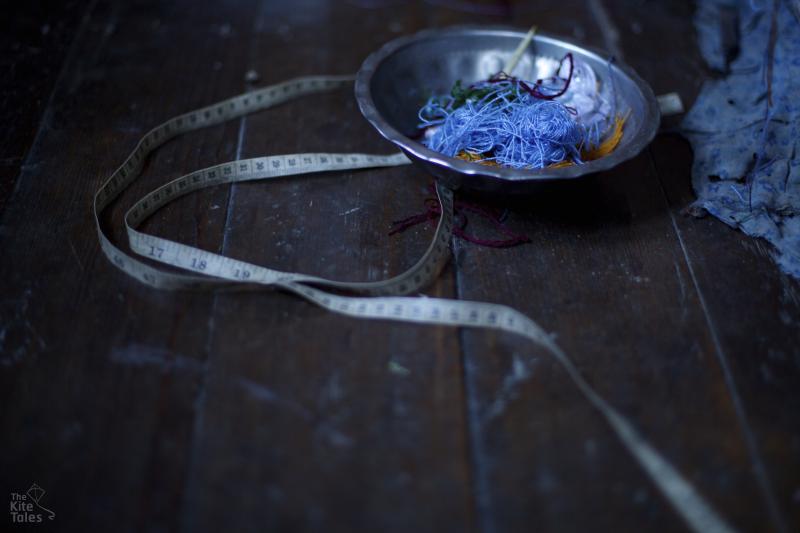
“Because I get paid when I finish, I definitely have a zeal to finish quickly. Some people will wait a year, or two years, because they want my workmanship so much. They only want me so I always try and be considerate to them and weave for them.
“My favourite pattern is this ‘thihni fang kua’ pattern. I’d like to weave it for myself too, but I can’t do that just yet. I accept orders to weave this pattern for 400,000 kyats (about $300) from people living abroad. I’m always weaving this pattern for other people so I haven’t got the time to do it for myself.
“It takes three or four months to weave so I have to think about how and what we’re going to eat during that time. So I ended up not doing it. It’s impossible,” she says.
“Each pattern has a name. Like ‘Arpi farual’, which means the chicken family, or ‘Cengkarh’, which is like a cross.
Dawt Kheng does have some of her own weaving, which she treasures.
“My most precious possession is the Chin costume I wove myself. I really value it. It’s a very simple one-piece outfit.

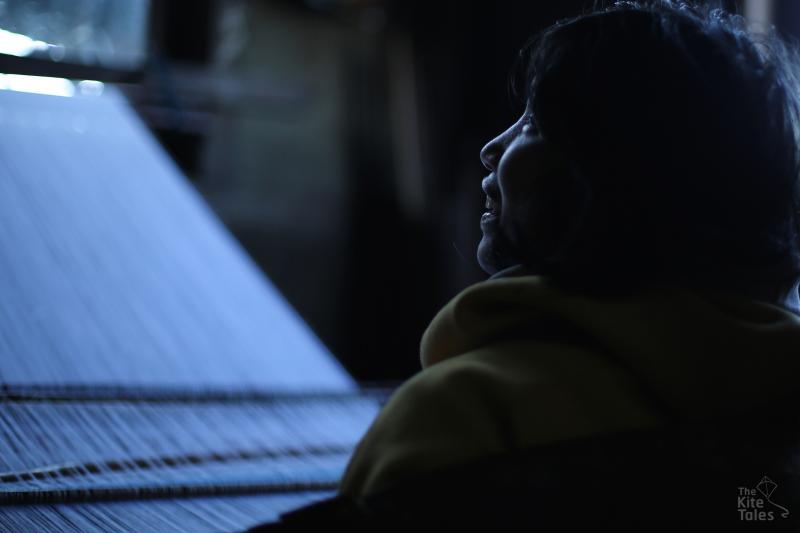
“I can’t weave as much as I used to because of my health,” says the 44-year-old.
“The main thing is it affect the nerves because you are constantly looking down and having to concentrate. Also, because your neck is always looking down, bone marrow in my neck isn’t very good anymore either.
“Previously, I could finish a traditional sarong in a month. Now it takes about two or three months to complete them, because there are so many patterns. There’s so much embroidery and patterns involved so it takes a long time.
“I want to continue weaving as long as I’m healthy.
“I feel happy when I’m doing it. I don’t know why. Maybe because I get paid for it?
“Whenever I’m weaving, I’m always thinking of how best I can do my handiwork, and what kind of praise people would give it. This motivates me.”
Interviewed November 2016

